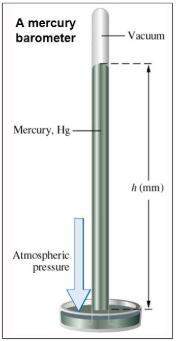
Chemistry, 29.06.2019 22:00 mayamabjishovrvq9
The maximum contaminant level of copper (cu) in drinking water as set by the the environmental protection agency (epa) is 0.0013 g⋅l−1 . express this concentration in parts per million (ppm). assume the density of water is 1.00 g/ml .

Answers: 1


Other questions on the subject: Chemistry

Chemistry, 21.06.2019 17:30, kev71
You are performing an experiment in a lab to attempt a new method of producing pure elements from compounds. the only problem is that you do not know what element will form. by your previous calculations you know that you will have 6.3 moles of product. when it is complete, you weigh it and determine you have 604.4 grams. what element have you produced?
Answers: 1

Chemistry, 22.06.2019 05:30, livigrace9004
Choose all the answers that apply. as ocean depth increases, temperature decreases temperature increases pressure increases pressure decreases salinity increases density increases
Answers: 2

Chemistry, 22.06.2019 06:30, coreyslotte
Use examples from the article to explain one positive and one negative effect that chemistry has had on society.
Answers: 2

Chemistry, 22.06.2019 09:00, 2024cynthiatercero
Which two scientific disciplines are bridged by pharmaceutical drugs? chemistry and forensics chemistry and medicine biology and forensics biology and criminology
Answers: 3
You know the right answer?
The maximum contaminant level of copper (cu) in drinking water as set by the the environmental prote...
Questions in other subjects:

English, 27.07.2020 23:01


Mathematics, 27.07.2020 23:01


English, 27.07.2020 23:01




Mathematics, 27.07.2020 23:01




